UPDATED JULY 24, 2025
In Leather Learning Lessons 1-7, we discussed leather production processes which present ethical choices. The resource, tanning method, and finishes can have an impact on the environment or ethical considerations in sourcing.
In this post, we discuss the most sustainable choices in leather: animal rights, environmental footprint, and social impact.
Leather Learning Series
This post is part of our "Leather 101" educational series. We're sharing everything we know about our favorite material!

Jump to Section
We're leathercrafters by trade, and we do think and care about our environmental footprint and ethics in our business choices.
We use exclusively full grain vegetable-tanned cowhide in our business, because we believe this is the most sustainable choice. Here's how we get to that conclusion:
Leather Sourcing Ethics: Animals and Alternatives
When choosing the source of leather (animal, vegetable, plastic), there are several ethical considerations.
Illegal Leather: Endangered Species
As a first, obvious ethical (and legal) choice, any leather from endangered animal species should be avoided at all costs. A list of thousands of animal and plant species are listed by the Washington Convention on the Protection of Animals (CITES - Convention on International Trade in Endangered Species of wild fauna and flora), an international agreement between 164 countries. The aim of the agreement, signed by eighty governments in Washington in 1973, is the protection of endangered species from extinction. This should be relatively easy to do since it is illegal!
Exotic Leather
Secondly, we choose not to use leather from animals that were raised just for that leather. This includes some "exotic leathers" such as snake or alligator: anytime the hide is more valuable than the meat (see Lesson #2).
Industrial Byproduct Leather
Some argue that leather sales subsidize meat prices, but facts and experience contradict this idea.
Because of the persistence of meat-eating, most animal hides are a byproduct of the meat industry: especially cow and pig. "Byproduct" is defined as a component representing 5% or less of the value of the whole. In January of 2024, the hide represented 2.2% of the value of a steer. That number has dropped even further: in July 2025, the value had dropped to 1.33%, according to the USDA By-Product Value of Steers (Cattle).
Although vegetarianism is experiencing a slow-but-steady increase in certain parts of the world, global meat consumption is actually on the rise. Since these are unavoidable facts, we consider it a measure of respect to use the whole animal who gave its life, rather than landfilling certain parts.
According to the tannery we spoke with, in practice the vast consumption of meat far outweighs the demand for leather. As evidence, the tannery pointed to the fact that the price of hides has both doubled and halved over the years, with no change in the number of cattle grown or the supply of hides.
In other words, if the hides are not used for leather, they are landfilled. This is substantiated by the Leather & Hide Council who reported that in 2019, demand for US leather dropped so low there was an excess of hides:
"The situation is so dire that some lower quality hides and skins are being composted and destroyed rather than processed into leather -- a trend that will continue in 2020." Leather & Hide Council Market Report, March 2020
Alternative Leathers
For those that do not agree with the choice of real leather, the other options for a leather alternative include petrochemical-based and vegetable fiber leathers, which are discussed further in our lesson on kinds of leathers (Lesson #2).
Ethics: Animal Rights vs The Environment vs Cost
Plastic Leathers
Plastic leathers ("faux leather") are inexpensive and the alternative of choice for many animal rights organizations.
However, plastics have its own ethical costs. Although some may say plastic production is ethical for animal welfare, many environmentalists would disagree, particularly for wildlife. Many have argued that they are one of the least environmentally sustainable choices for leather, as a byproduct of the oil and gas industry.
This is a personal, moral choice for each individual, but here at Walnut we don't use plastic faux leathers for three reasons:
- Plastic leathers don't have the same "stand-up" rigid structure as the full grain vegetable-tanned leather we use. Faux leathers (and mineral-tanned leathers) are more like fabrics that drape, whereas our products need a leather with a unique combination of structural rigidity and flexibility (halfway between wood and fabric).
- Plastic leathers are a product made from petroleum, a non-renewable resource, that does not biodegrade and has its own ethical considerations for the environment, including microplastic pollution, issues we care deeply about. Since we live near the beach and experience plastic pollution daily, we do not want to support them.
- In use, plastic leathers are generally less durable and will not last a lifetime, like real leather does. This creates even more non-biodegradable landfill or ocean waste from disposible, non-repairable products.
Plant-Based Leathers
Vegetable leathers, on the other hand, like traditional Austrian mushroom leather or modern industrial byproduct pineapple fiber leather, show real promise for both animal rights, environmental, and even structural concerns.
However: they're not really available (yet). But all vegetable-based leathers are still in the developmental or even experimental stages. They're not yet widely available, and they are prohibitively expensive.
Once a plant-based winner emerges, the environmental credentials will need to be carefully reviewed because there are reports some plant-based faux leathers are reportedly using many toxic petroleum-based glues and adhesives.

Environmental Footprint of Tanning
Natural, old-fashioned vegetable-tanned leather has a low environmental footprint: it uses natural, biodegradable and ancient substances in the tanning process, and as a result real leather is also the most biodegradable among leathers when finished.
The vast majority of the world's leather is currently mineral-tanned. Mineral-tanned leathers use salts and metals like chrome in tanning, which can create a host of downstream impacts: wastewater pollution, dirty dirt, worker health impacts, and more. Some of those chemicals stay with the leather and can even cause skin irritations and reactions on end users.
"In a nutshell, "sustainable" doesn't mean "better," it means "less worse:" new things made from stuff that is less environmentally damaging than other stuff might have been. Vogue Magazine, "Luxury Is That Which You Can Repair"
Not all tanneries are the same, but there is little consumer information on tanneries.
One organization formed to certify the 'better' tanneries (more on that below) mostly nearly exclusively on mineral-tanned leathers. Vegetable-tanned leather is a minority of the leather being produced and is generally assumed to be sustainable and therefore not much has been subject to a certification process.
One "quick and dirty" way to judge whether a leather is likely to have lower environmental footprint is to look where it was tanned. Not only does leather tanned outside the country of use require more oil and gas for shipping back and forth - but in those developing countries, one of the reasons the tanning is cheaper is because they have less stringent environmental laws, allowing them to pollute more at lower cost. They also have lower labor costs, which can be troubling for social justice as well. But in some cases, the hides are sent from the US to developing countries for "most of the way" tanning cheaply, and then sent back to the US for only the final steps.
Some have argued that bonded leather is "good" for the environment because it makes use of leather's production waste byproduct: leather dust. But turning leather dust into fabric requires adding a bunch of toxic glues and polymers, and creates a poor-quality, limited-lifespan product.
Product Lifecycle / Landfills
One of the easiest environmental choices a customer can make is to choose to buy durable, repairable, long-lasting goods with a long lifecycle.
Vegetable-tanned leather gets more beautiful with use and age and lasts as long as you take care of it, but once you throw it away, it starts to biodegrade. Meanwhile mineral-tanned, garment, bonded, and plastic leathers have a shorter useful life.
No less than Vogue Magazine recently celebrated "repairability" as the "new luxury" in fashion. Which makes sense: repairability would seem to be the antithesis of "fast fashion" planned obsolescence.
Product Makers That Care
There are many other daily, small choices that people at companies have to make, whether it's noticed or not. It's important to choose to buy products from companies and brands that you trust to share your sustainability and ethical values.
Consumer choice can have unimaginable ripple effects - just look at all the good a company like Patagonia can do with a strong and dedicated customer base, from national park advocacy to sustainable food marketing.
Leather Certification Programs
There is no single, widely-known consumer certification program for sustainable leather. But these are some commonly-asked questions and relevant topics.
Organic Leather
There is no such thing as "organic leather." There is no tracking program for organically-raised beef hides, nor separation of organic and non-organic hides in the tanneries. The only way to support organically-raised agriculture is to buy organic food.
Fair Trade Leather
There is no such thing as "fair trade leather" but there are fair trade products made from leather. While this does not speak to the leather sourcing, it does speak favorably to the company's environmental and social ethics in production.
Non-Endangered Exotic Certification
When considering exotic leathers, avoid endangered species - only purchase if it has a CITES certificate (Convention on International Trade in Endangered Species of wild fauna and flora).
Leather Working Group
The Leather Working Group is a stakeholder group of brands, manufacturers, suppliers, NGOs and end users working together to improve the environmental impacts of leather, with a focus on mineral- or chrome-tanned leathers, like garment leather.
These companies primarily use mineral-tanned leathers and consider vegetable-tanned leathers an inherently sustainable product.
The group is led by fashion and footwear brands, like Nike. The Leather Working Group sets minimum standards for members, so as a consumer you can check to see if a particular brand you want to buy is a member, such as Nike, Ikea, or Timberland.
As a leathercrafter, in theory one could search to see if a particular tannery is on this list, but veg-tan tanneries don't bother.
Just a certain brand is not on the list doesn't mean they're not sustainable -- it could mean that they're not big enough to afford membership (like us) or that it's not in the tannery's interest to do so (like our supplier): like organic or LEED certification, the process is onerous and expensive and it may not make business sense.
Lesson #8 at the Walnut Workshop
Earbud Organizer Keychain
We practice our Sustainability Policy in all aspects of our operations, but we're particularly proud of our Upcycled Collection.
Our upcycled products make use of leather offcuts used on our other larger products.
We donate the leather we can't use to Help Heal Vets, an organization that makes leather craft kits for veterans.
More Reading
- EcoCult Magazine, Is Leather Truly a Byproduct of the Meat Industry?
"...much of the debate around the sustainability of leather centers on whether leather is a byproduct of the meat industry. If it's a byproduct, that means animals are raised for meat and the leather is extra. ... If they can't sell it, however, they will throw it away, or burn it. Obviously, that would be very wasteful and very polluting. So which is it? Is it a profitable and important income source for cattle ranchers? Or is leather a side gig?
Next Lesson
We are proud to be the makers and leather craftspeople making our own designs and our design decisions. We're free to make ethical choices for quality and repairable products.
But what happens when you're out in the wild, in a store or shopping online? How can you tell what kind of leather a product is made of, or if it's any good?
In Lesson #9, we'll share tips and tricks for spotting craftsmanship details and leather quality out in the wild.
Leather Learning Series
This post is part of our "Leather 101" educational series. We're sharing everything we know about our favorite material!
- Lesson 1: Leather Basics
- Lesson 2: Leather Sources
- Lesson 3: Leather Processing
- Lesson 4: Leather Tanning
- Lesson 5: Recap: The "Best" Leather
- Lesson 6: Leather Finishes
- Lesson 7: Leather Variability and Product Quality
- Lesson 8: Recap: The "Most Sustainable" Leather
- NEXT --> Lesson 9: Vintage Leather in the Store
- Lesson 10: Leather Rescue and Rehabilitation
- Lesson 11: Leather Care and Crafting
Get the full series delivered to your inbox in one email per day for 11 days:
Sign up for the email series >>>

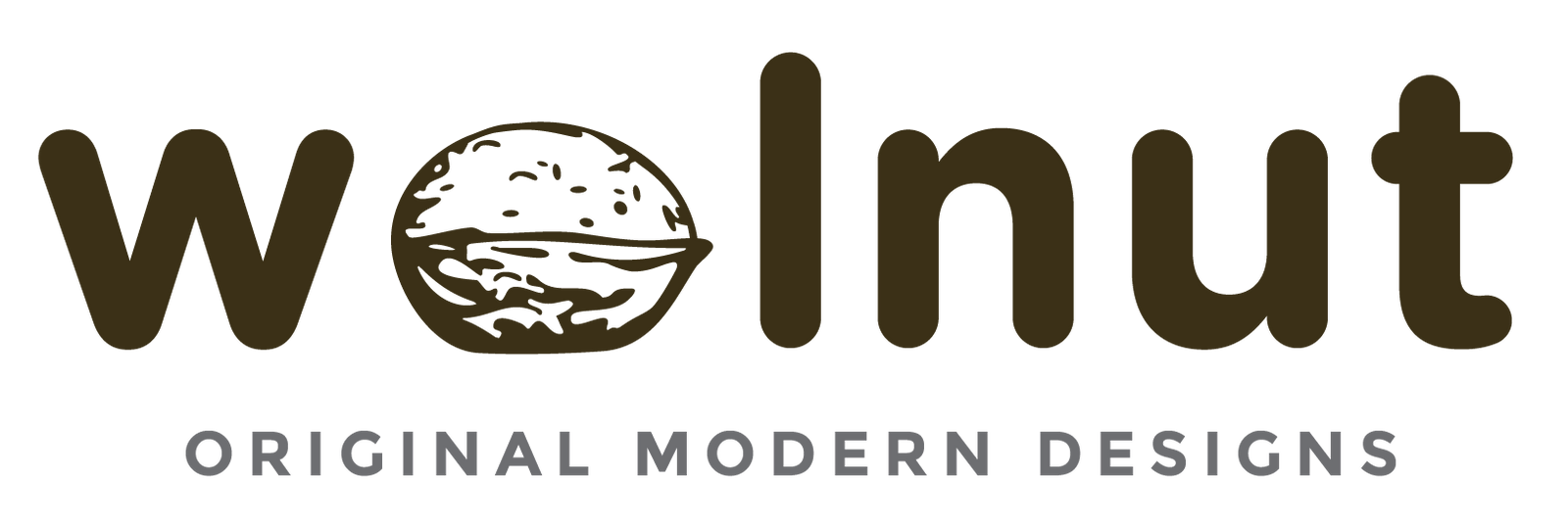


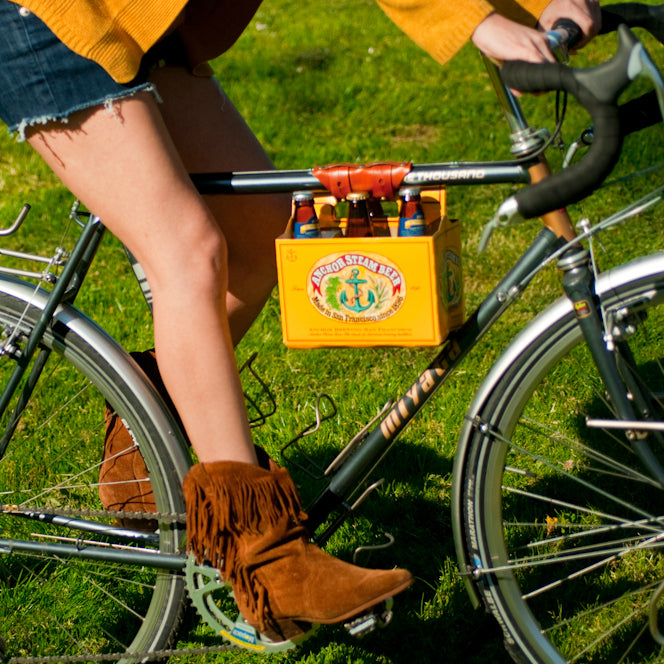
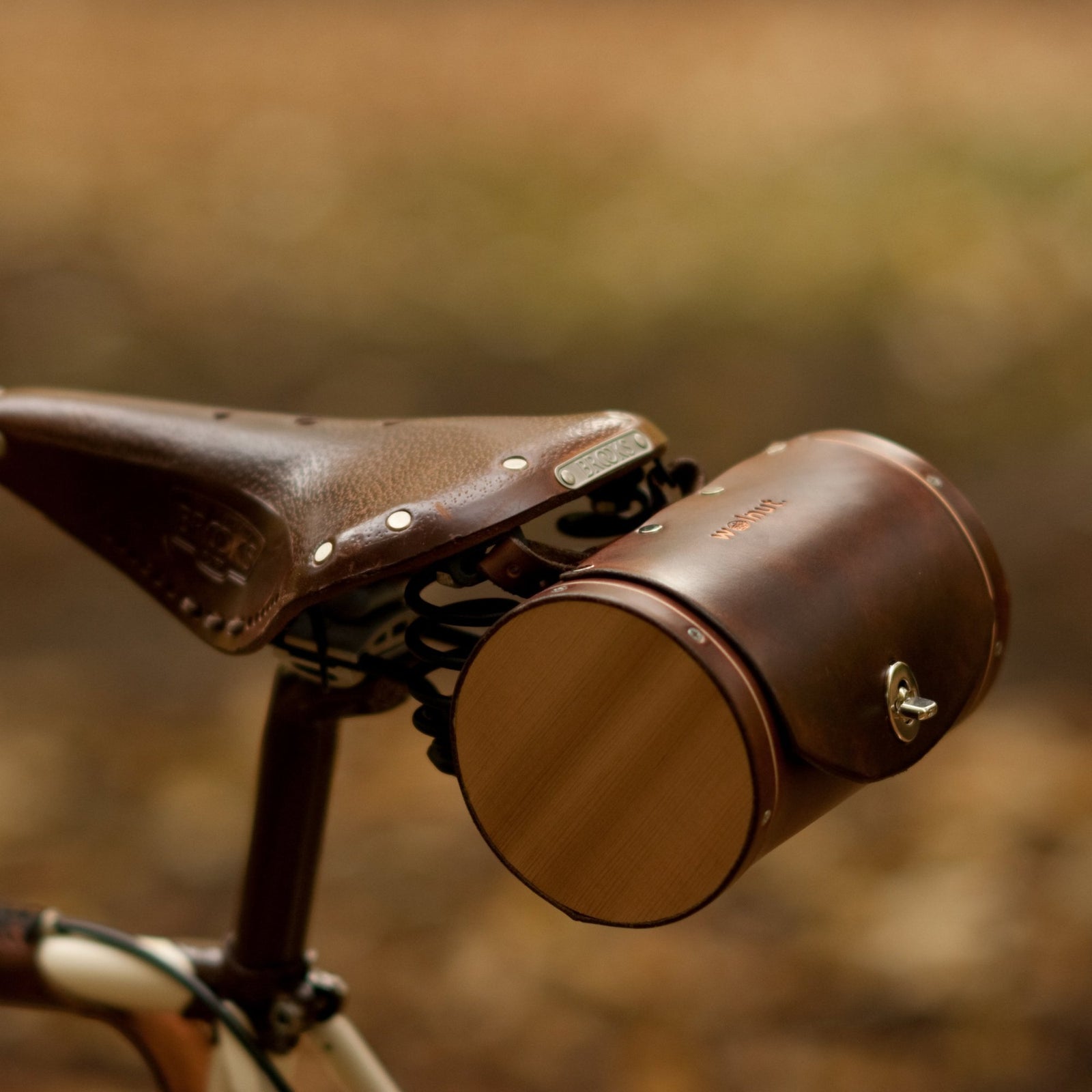
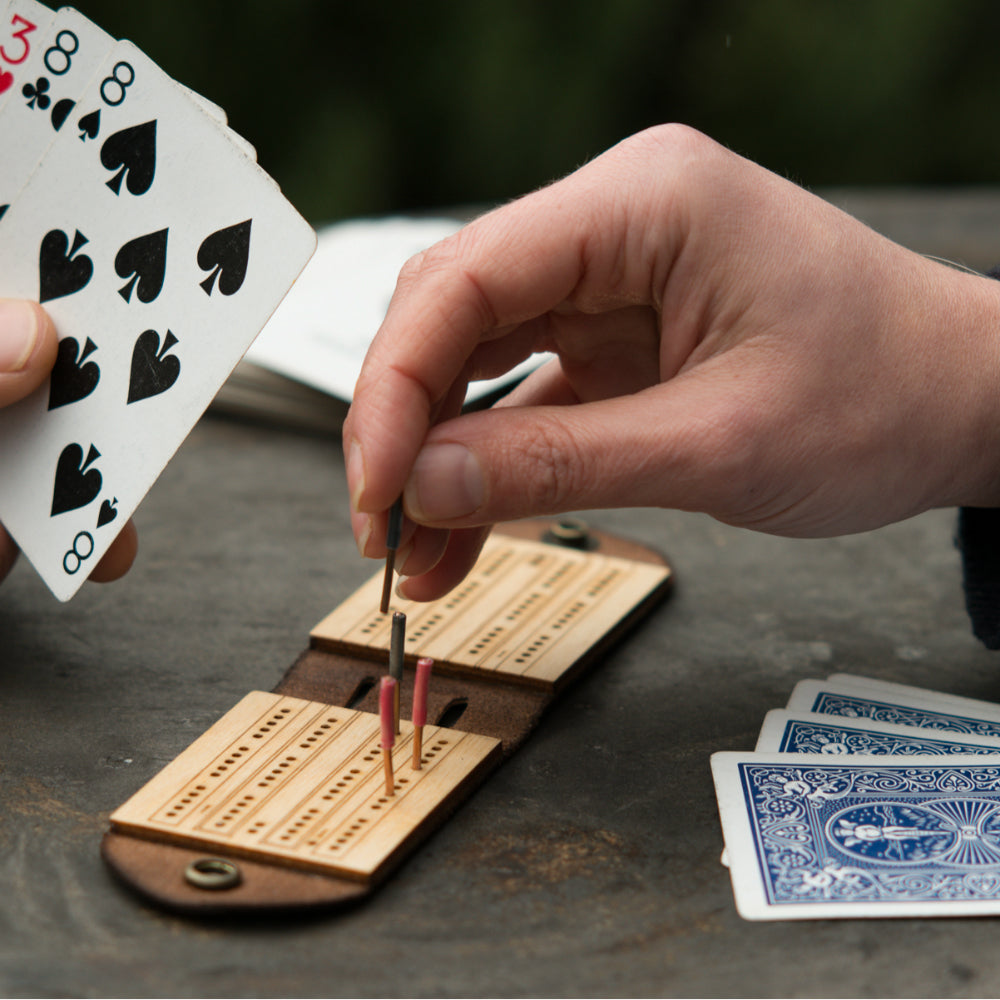
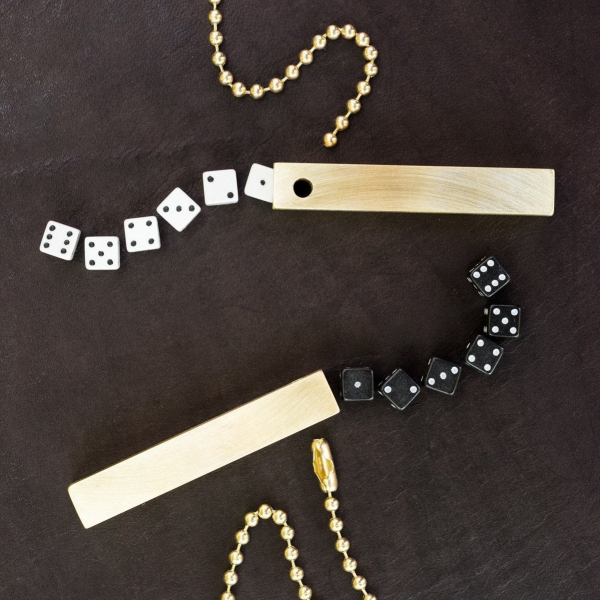
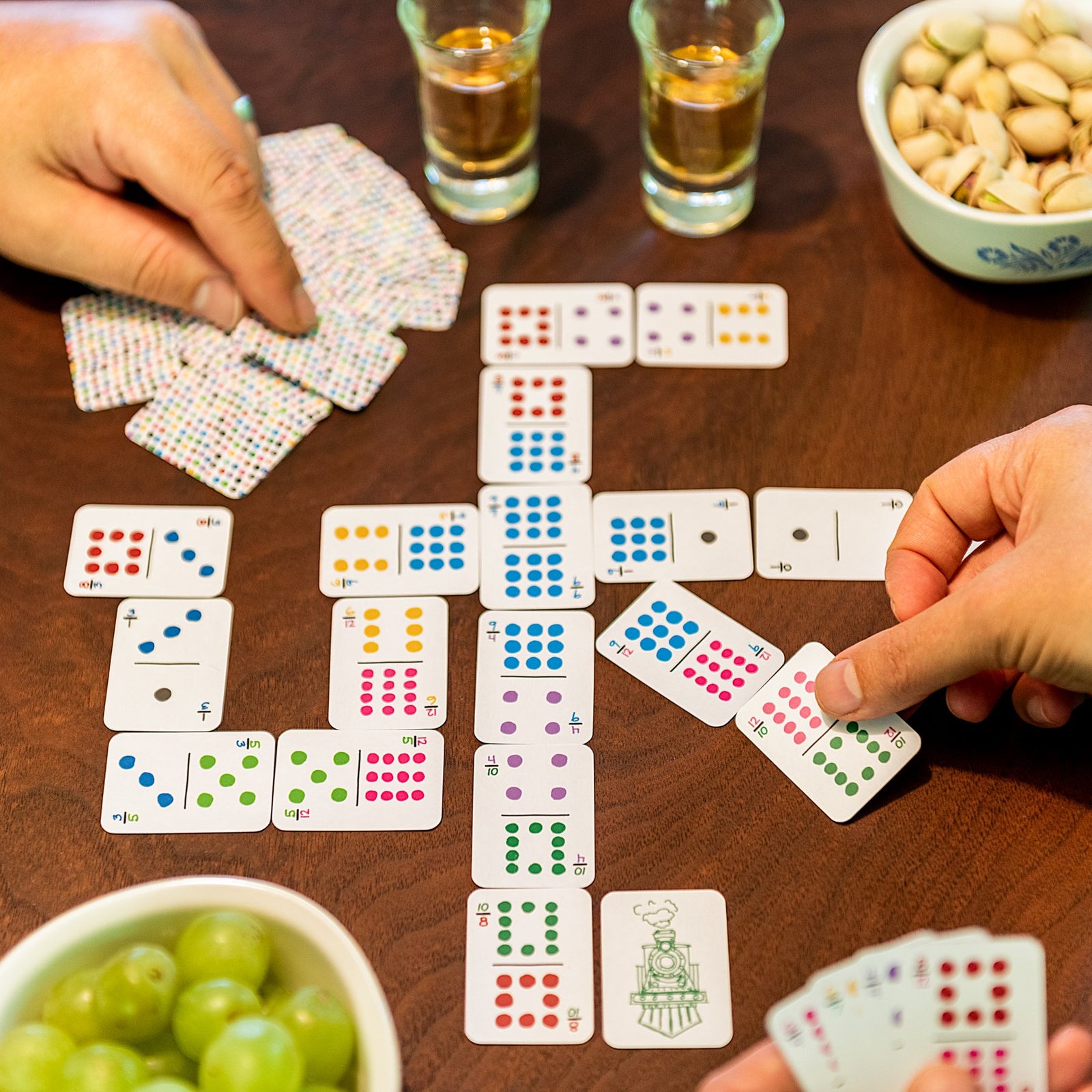
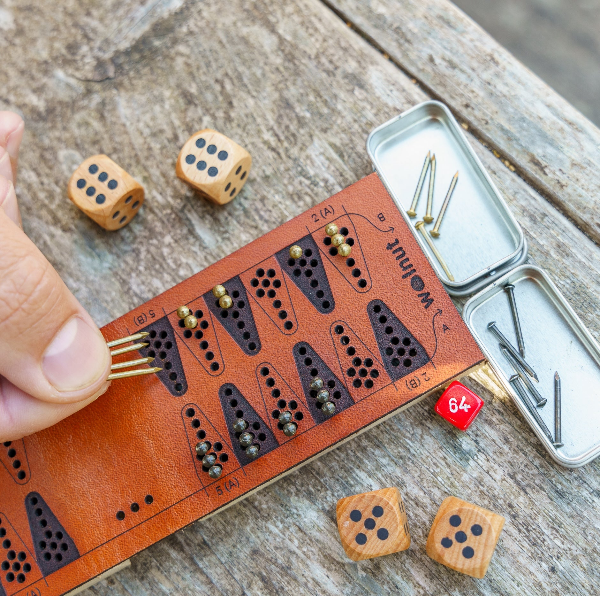
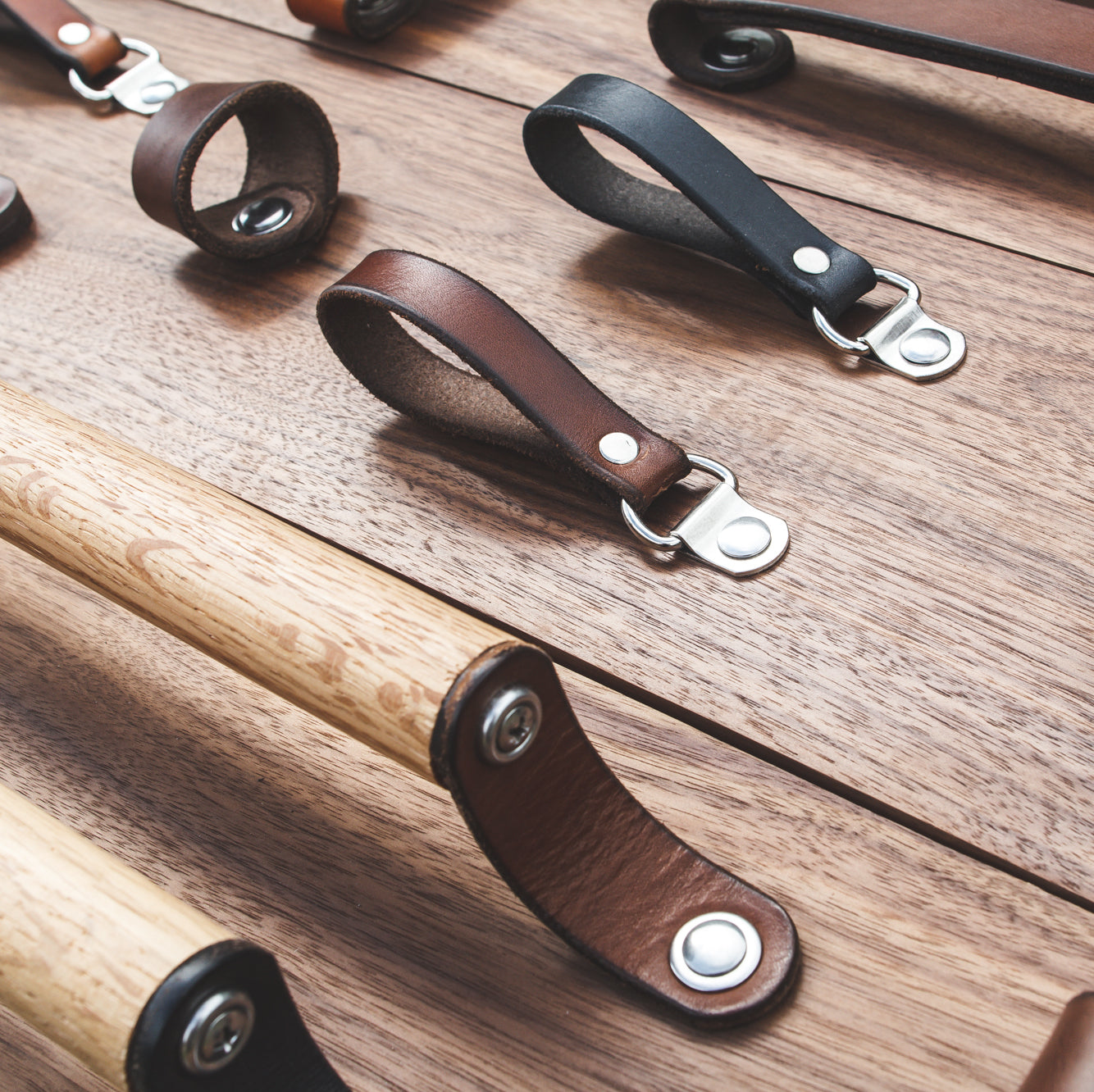

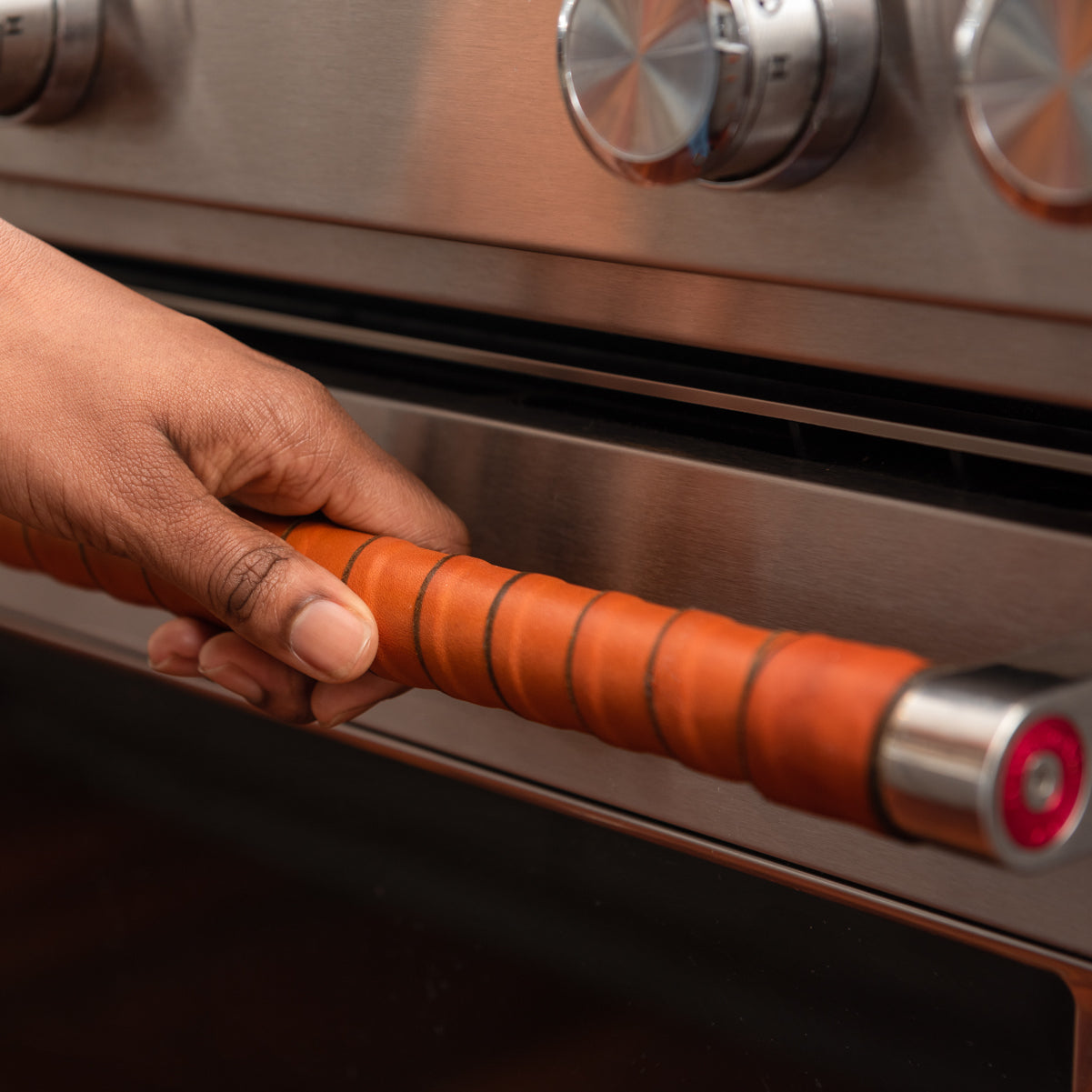
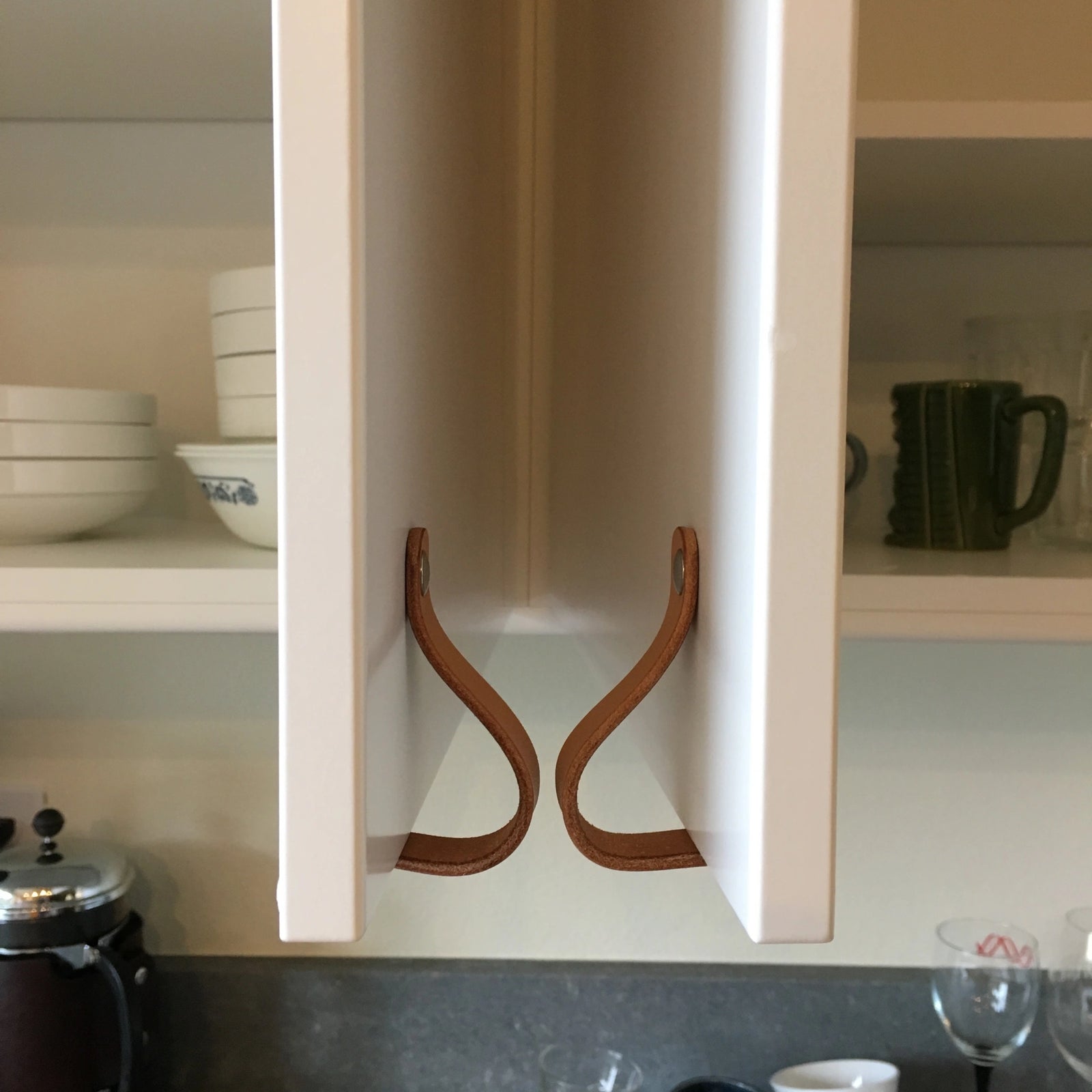

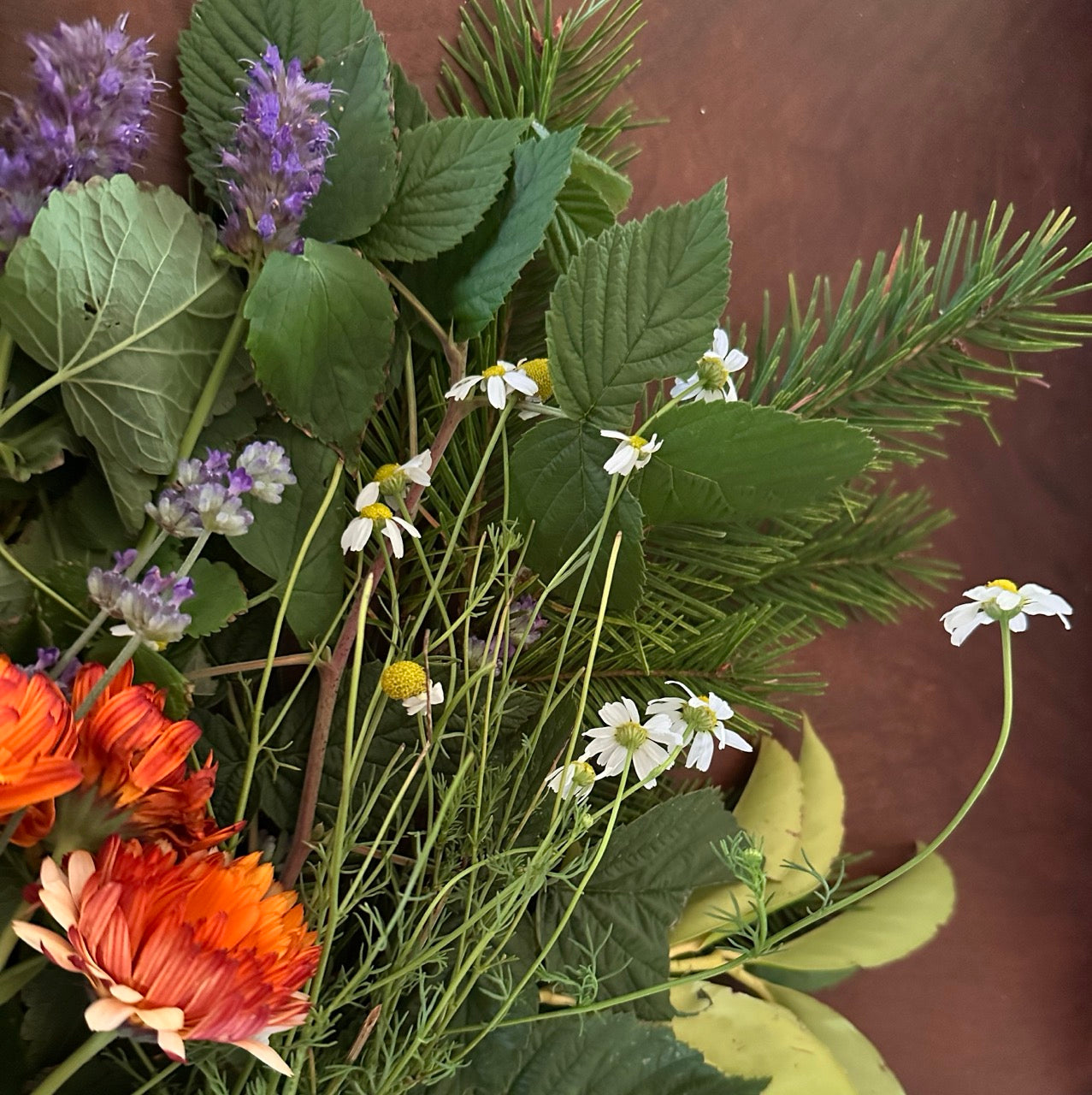
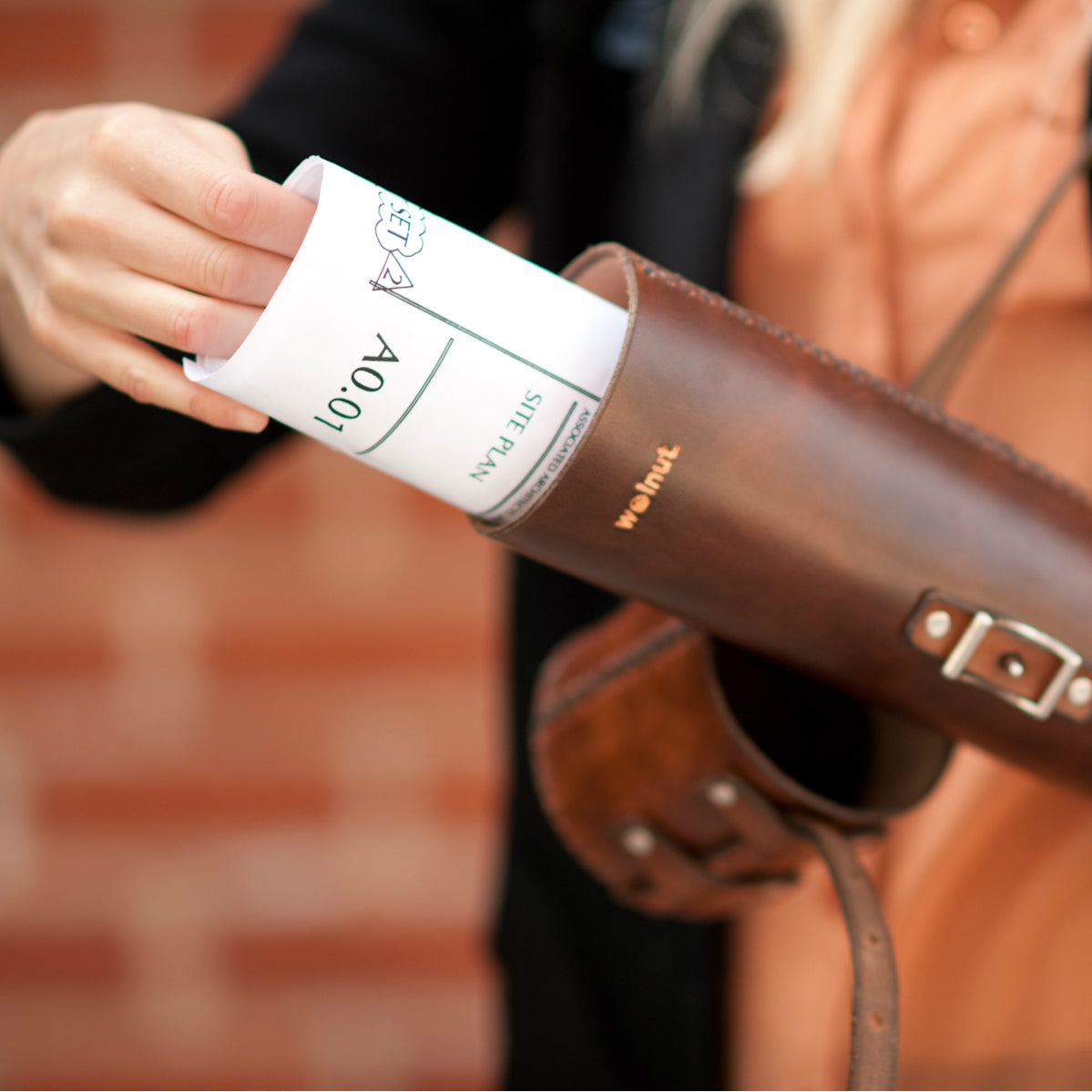
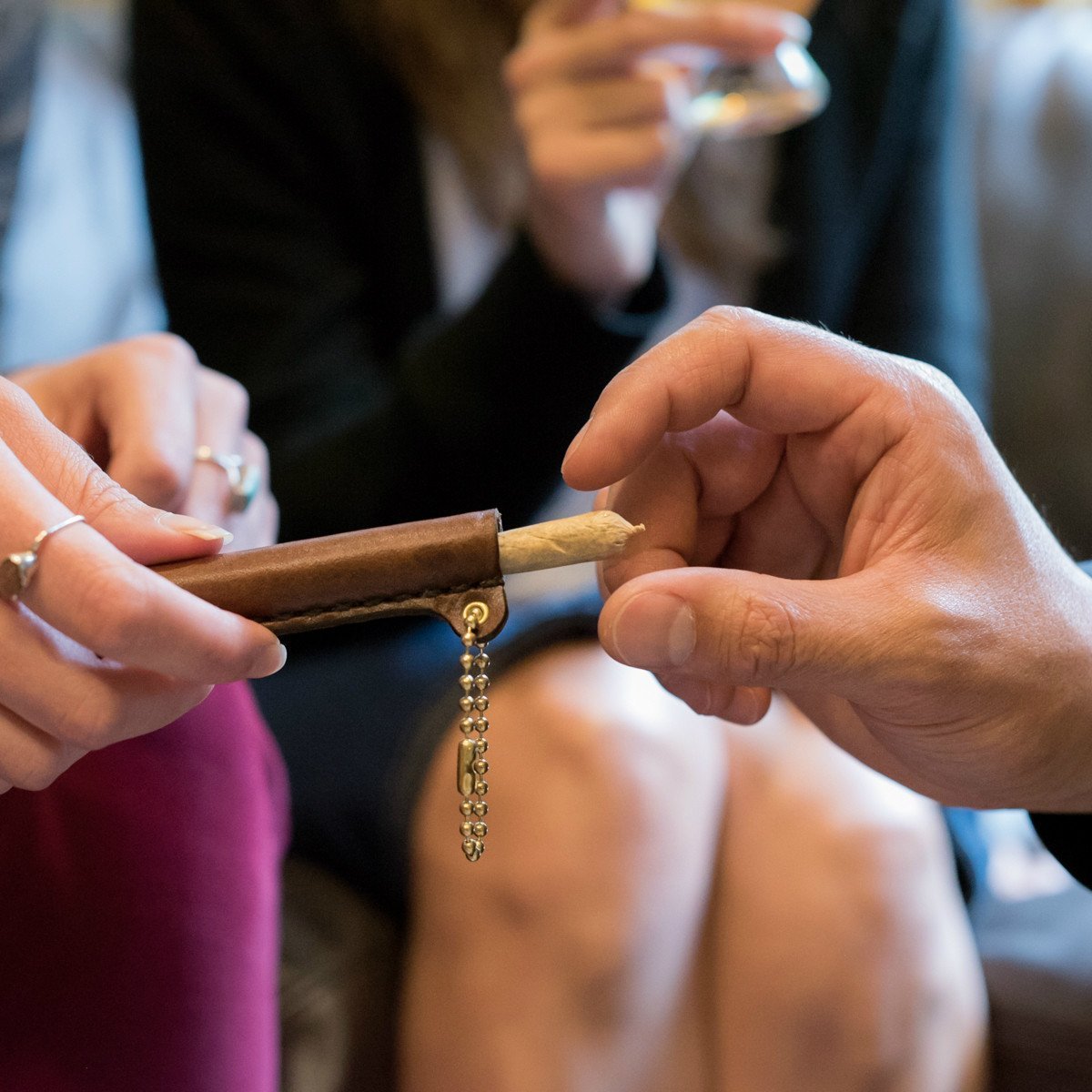
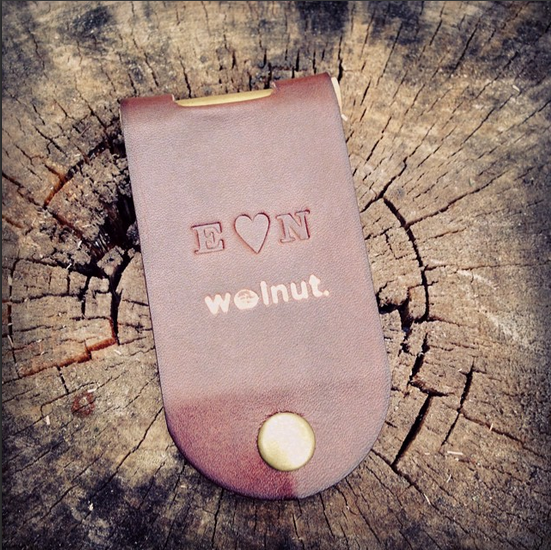
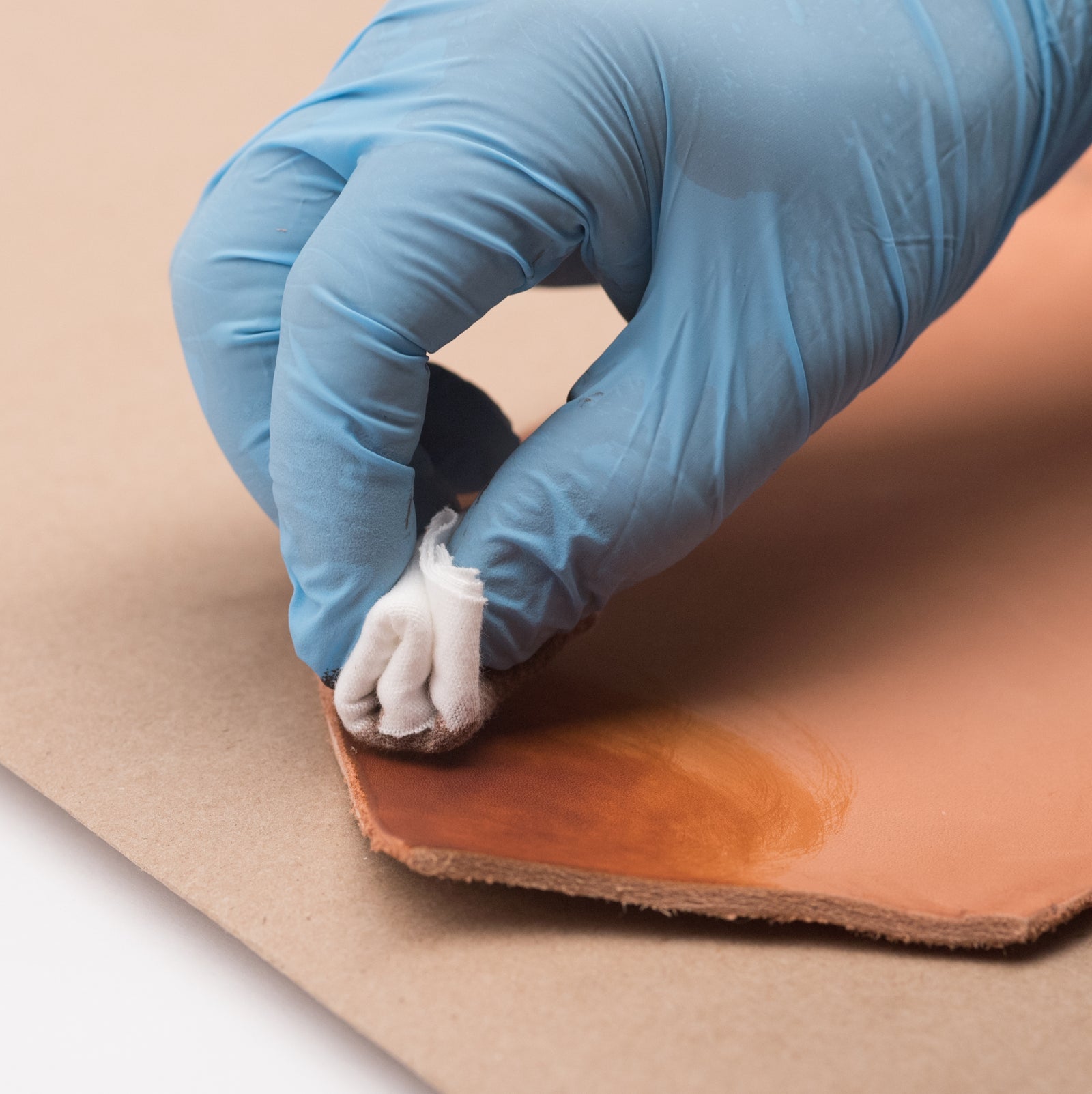
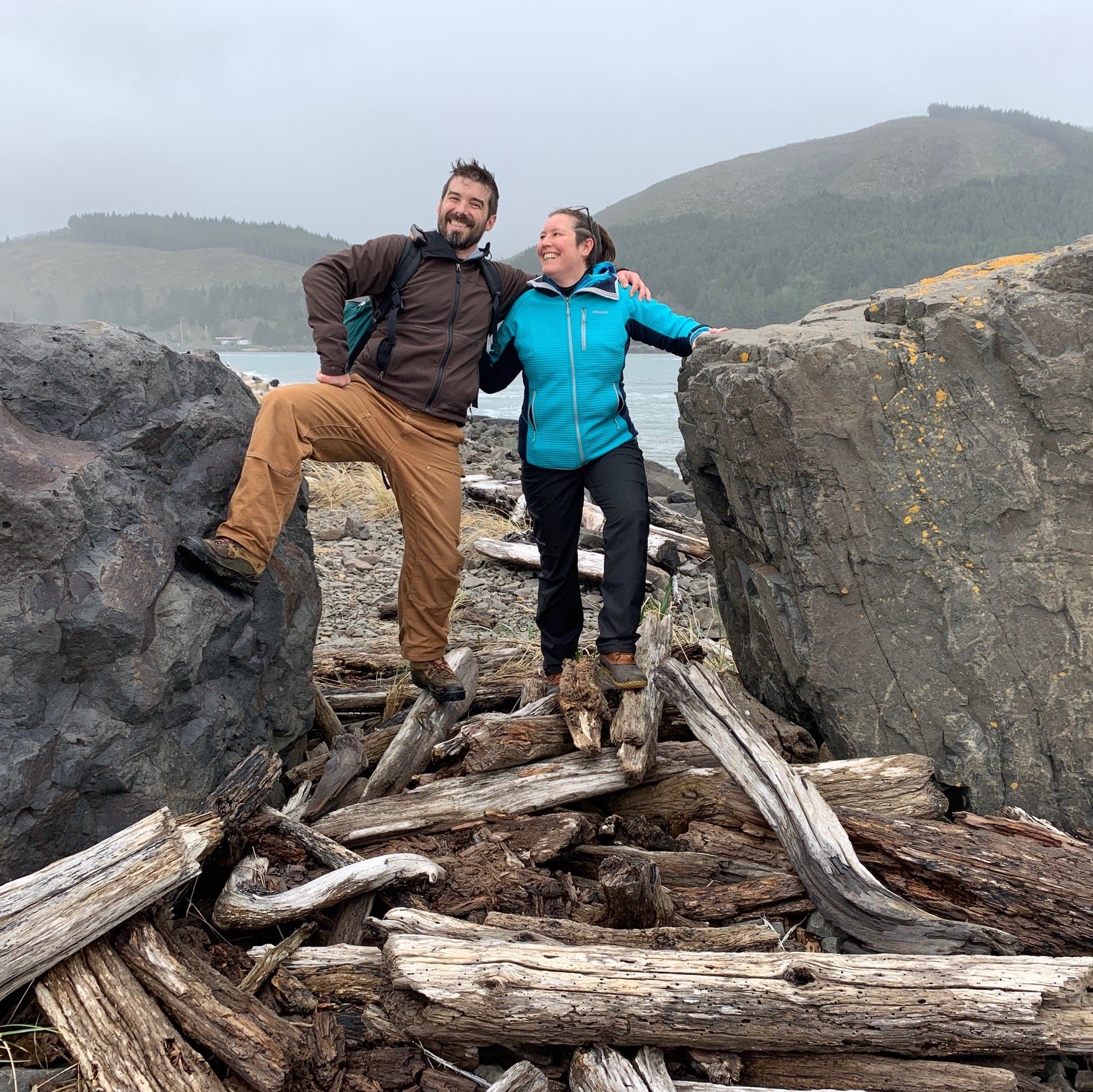
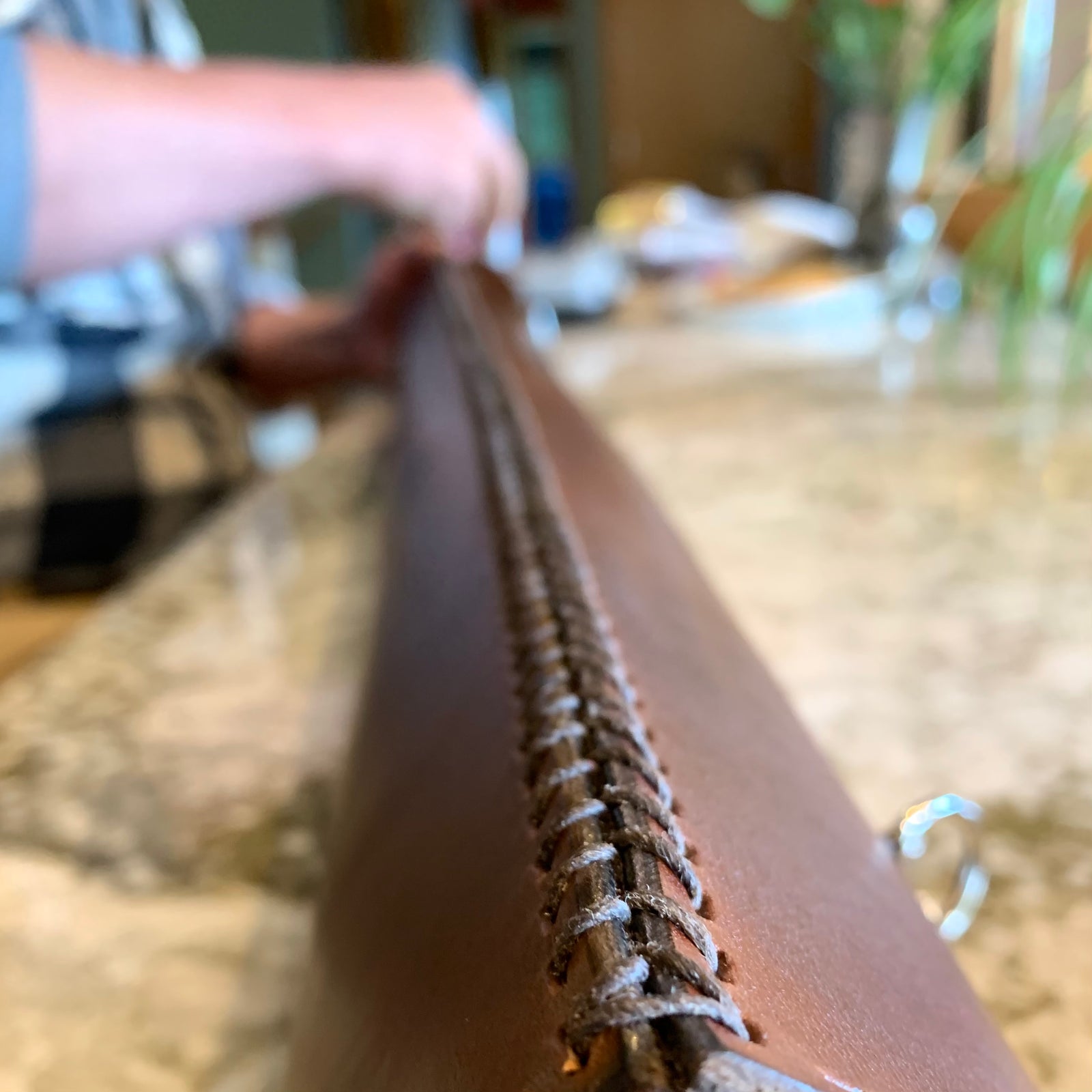
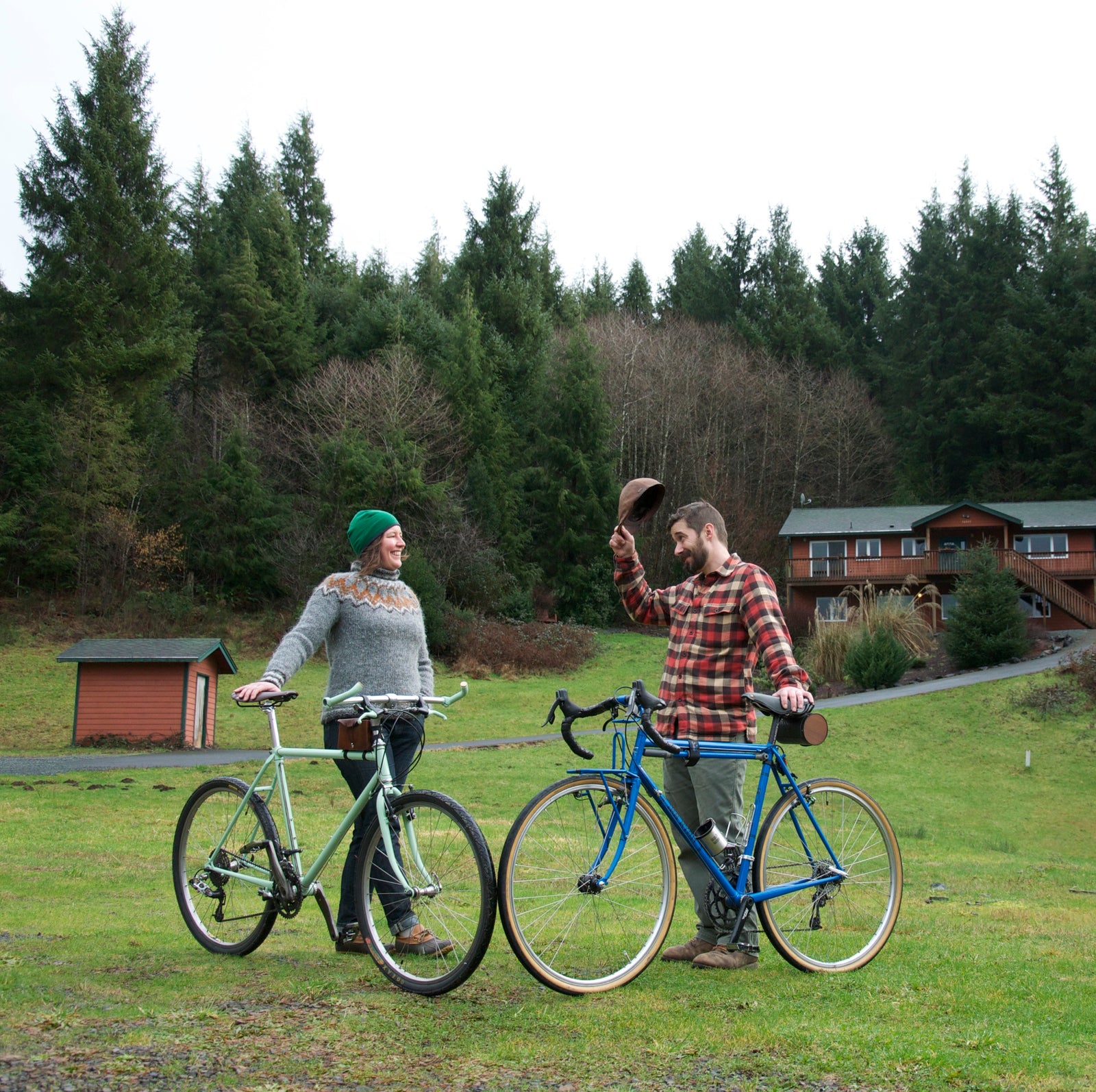
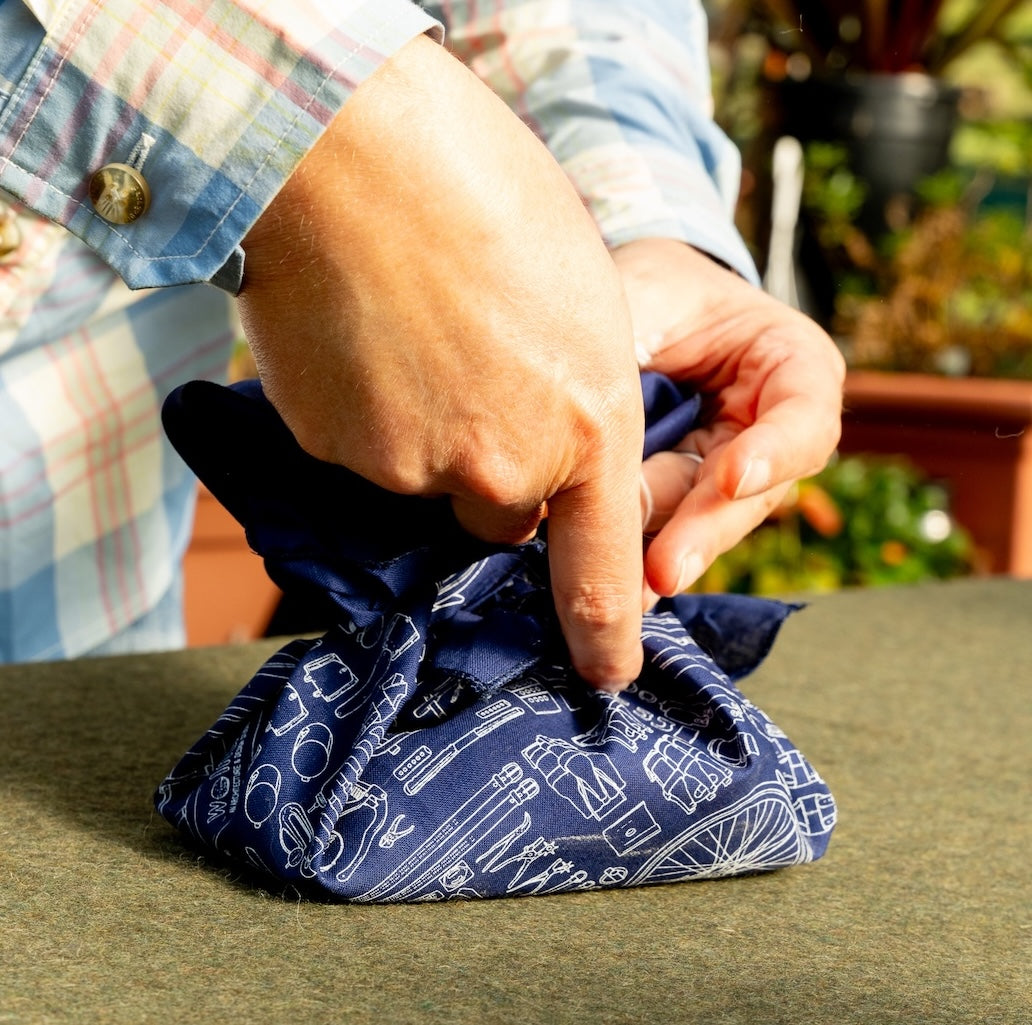









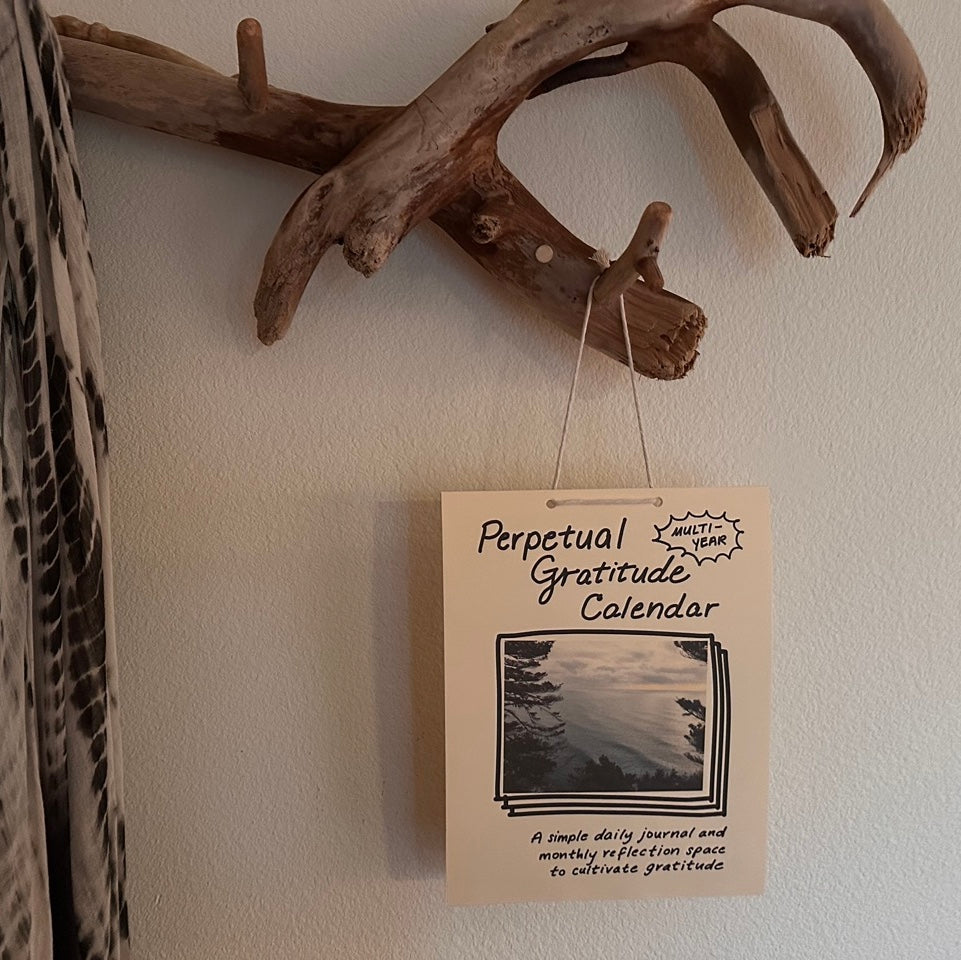
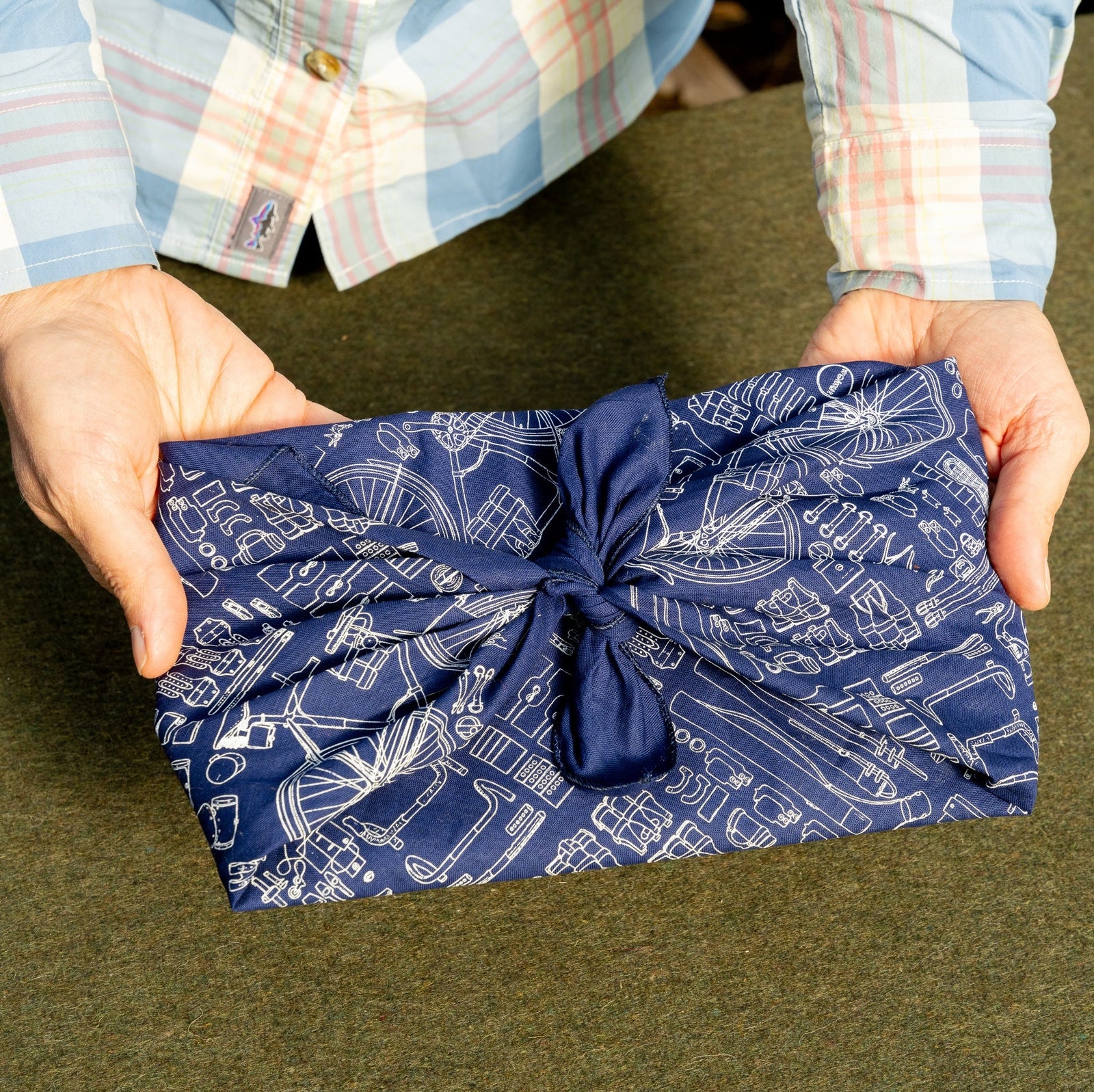

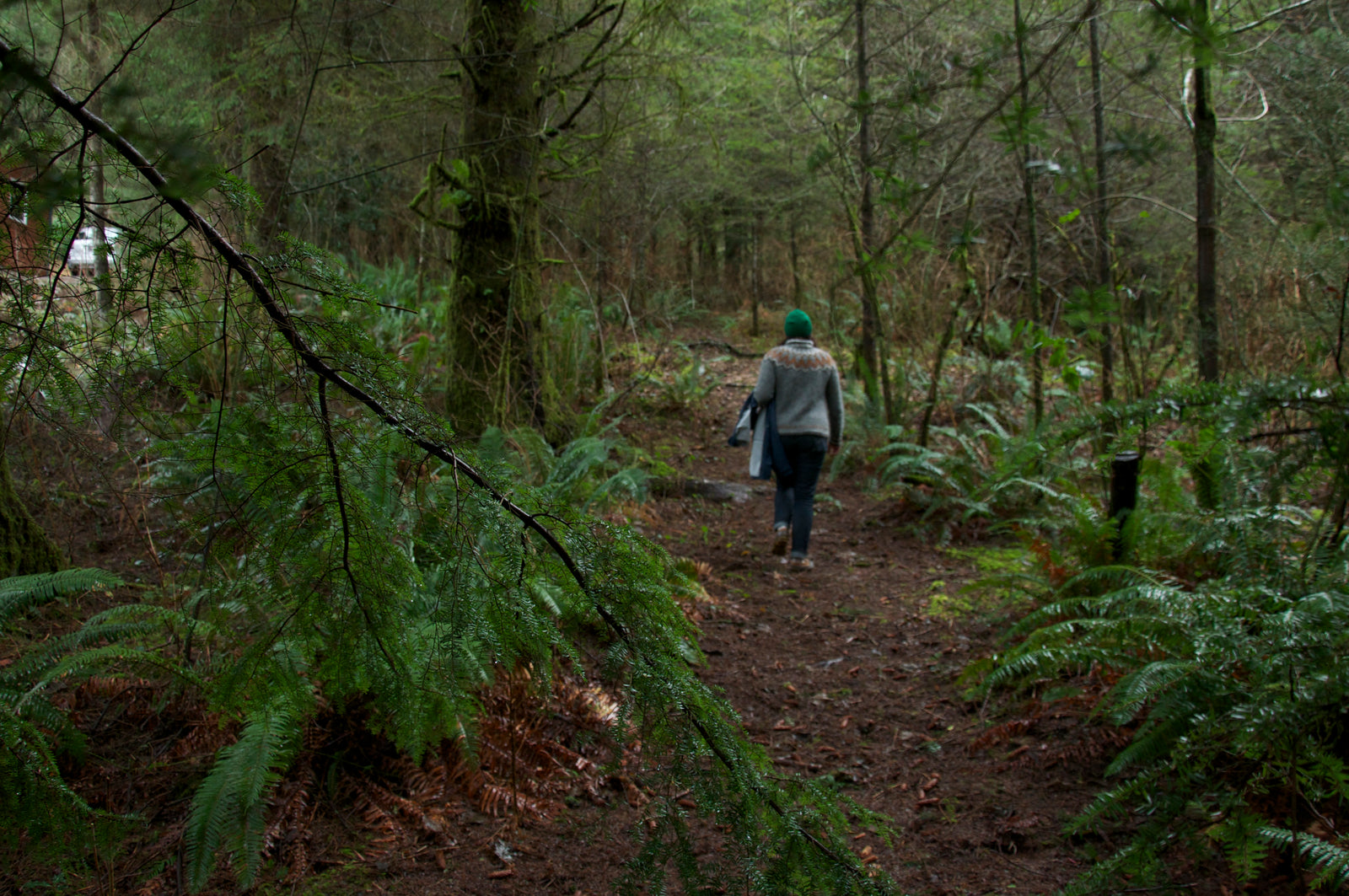
Leave a comment (all fields required)